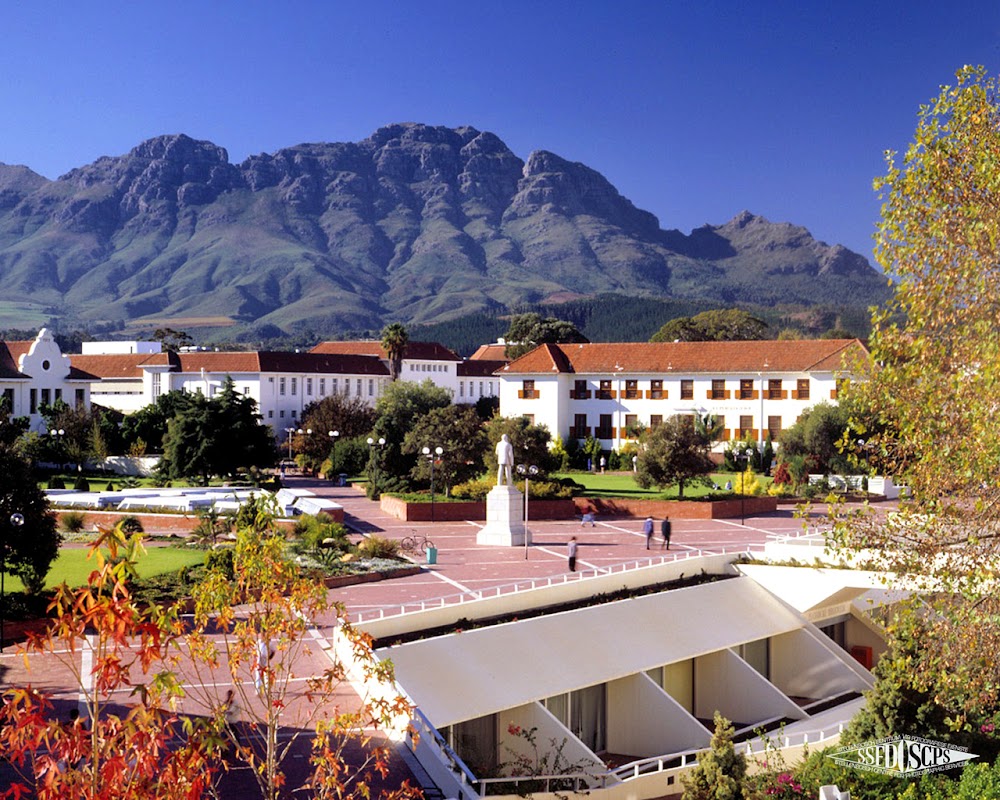Pumla Gobodo-Madikizela
Stellenbosch University has been going through a profound effort to address the problem of the legacy of the past to chart a path to transformation, and to forge a new institutional identity.
The lecture room at the Centre for the Study of the Afterlife of Violence and the Reparative Quest (AVReQ) at Stellenbosch University was full to capacity. It was Wednesday, 12 April and Dr Anell Stacey Daries, one of the postdoctoral fellows funded by the National Institute for the Humanities and Social Sciences (NIHSS), was delivering her maiden public lecture as a doctoral graduate.
Dressed elegantly professional in a black outfit, she delivered one of the most intellectually engaging presentations at AVReQ this year. She presented her lecture, “Physical Education from Volksuniversiteit to Forward Together: The Making of a Nationalist Science at Stellenbosch University, 1935-2019”, with sophistication, passion and vigour.
Responding to Daries’s lecture, Dr Handri Walters, whose doctoral research was on racial science at Stellenbosch University and its link to apartheid state policy, remarked on the captivating power of the presentation. Indeed, Daries had captured the attention of the audience, offering a clear, persuasive chronological framework of how physical education at Stellenbosch University from its establishment as a department in 1935 was inextricably linked to Afrikaner nationalism.
Daries’s lecture was drawn from her doctoral thesis in history, and I like to think of her research as a study of the making of the culture of white supremacy at Stellenbosch University and beyond.
Some may not like the term “white supremacy”; they associate it with extreme right-wing groups and hooded men wielding flame torches. The belief that white people are a standard of perfection superior to other groups was foundational to apartheid, and Daries’s PhD thesis sheds light on this issue.
But Stellenbosch University is white no longer, and this white supremacy culture has been challenged. The university has been going through a profound effort to address the problem of the legacy of the past to chart a path to transformation, and to forge a new institutional identity.
The release of the Khampepe Report was an important turning point. The university management team came to grips with how deeply embedded in the institutional fabric racist structures and practices are at the university.
The launch last month by the Rectorate of a committee tasked to lead a university-wide response to the recommendations of the Khampepe Report is a testament to the university’s deep commitment to change.
